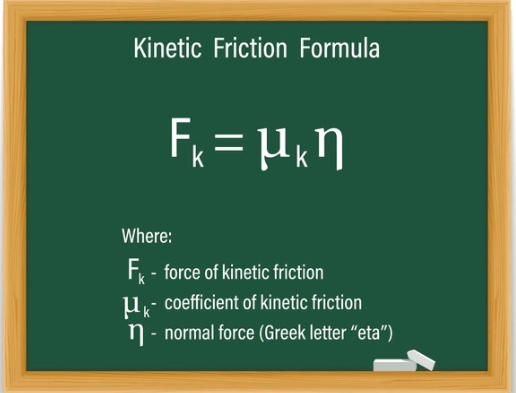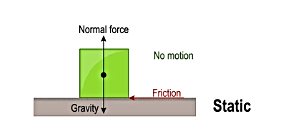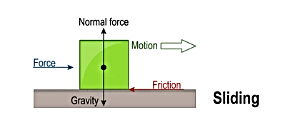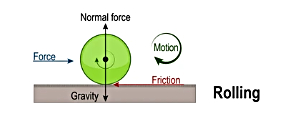Frictional Force is a force that is present in our everyday lives, although it often goes unnoticed. It's the resisting force that arises when two surfaces come into contact and slide against each other. There are four types of frictional force. There are several factors that influence how much friction arises between two surfaces in contact. Here's a breakdown of its definition, equation, types, and related concepts:
Check: What Is Force?- Definition, Types, Units, Formula
Frictional Force Definition
Frictional force is a non-inertial (doesn't depend on mass) force that opposes the relative motion between two surfaces in contact. It acts tangentially to the surfaces of contact, always trying to slow down or prevent motion.
Frictional Force Formula
While there's no single, universally applicable equation for frictional force, a common relationship is:
Friction Force (F) = Friction Coefficient (μ) x Normal Force (N)

Types of Frictional Force
The four types of Frictional Force, discussed as follows:
- Static Friction
- Kinetic Friction
- Sliding Friction
- Rolling Friction
Static Friction
This acts when an object is at rest and prevents it from starting to move. It increases up to a certain limit as you apply an external force to initiate motion.

Kinetic Friction
This acts when an object is already in motion and resists its continued movement. It's generally less than static friction.

Sliding Friction
This occurs when two surfaces slide against each other. It's the most common type of friction we encounter.

Rolling Friction
This occurs when an object rolls on a surface. It's generally less than sliding friction due to a smaller contact area between the object and the surface.

Factors Affecting the Frictional Force
- Surface Texture and Normal Force: The frictional force between two surfaces depends on their texture. Rough surfaces tend to generate higher frictional forces compared to smooth surfaces.
- Angle and Position of Object: The angle at which an object is placed on a surface affects the frictional force. For instance, on an inclined plane, the component of the object's weight parallel to the surface increases friction.
- Flat Contact and Equal Friction: When an object is placed flat against a surface, the frictional force can indeed be equal to the object's weight under certain conditions, especially if the object isn't moving and the surfaces are in static contact.
- Increasing Force and Friction: When an additional force pushes an object against a surface, the normal force increases, leading to an increase in frictional force. This can cause friction to exceed the object's weight, especially in cases where the object is being pushed or held against the surface.
Examples of Frictional Force:
- Walking: Friction between your shoes and the ground allows you to push off and move forward.
- Braking a car: Friction between the brake pads and the wheels slows down the car.
- Lighting a match: Friction between the matchstick and the striker surface generates heat to ignite the match.
Video Lessons Link For Students
Comments
All Comments (0)
Join the conversation